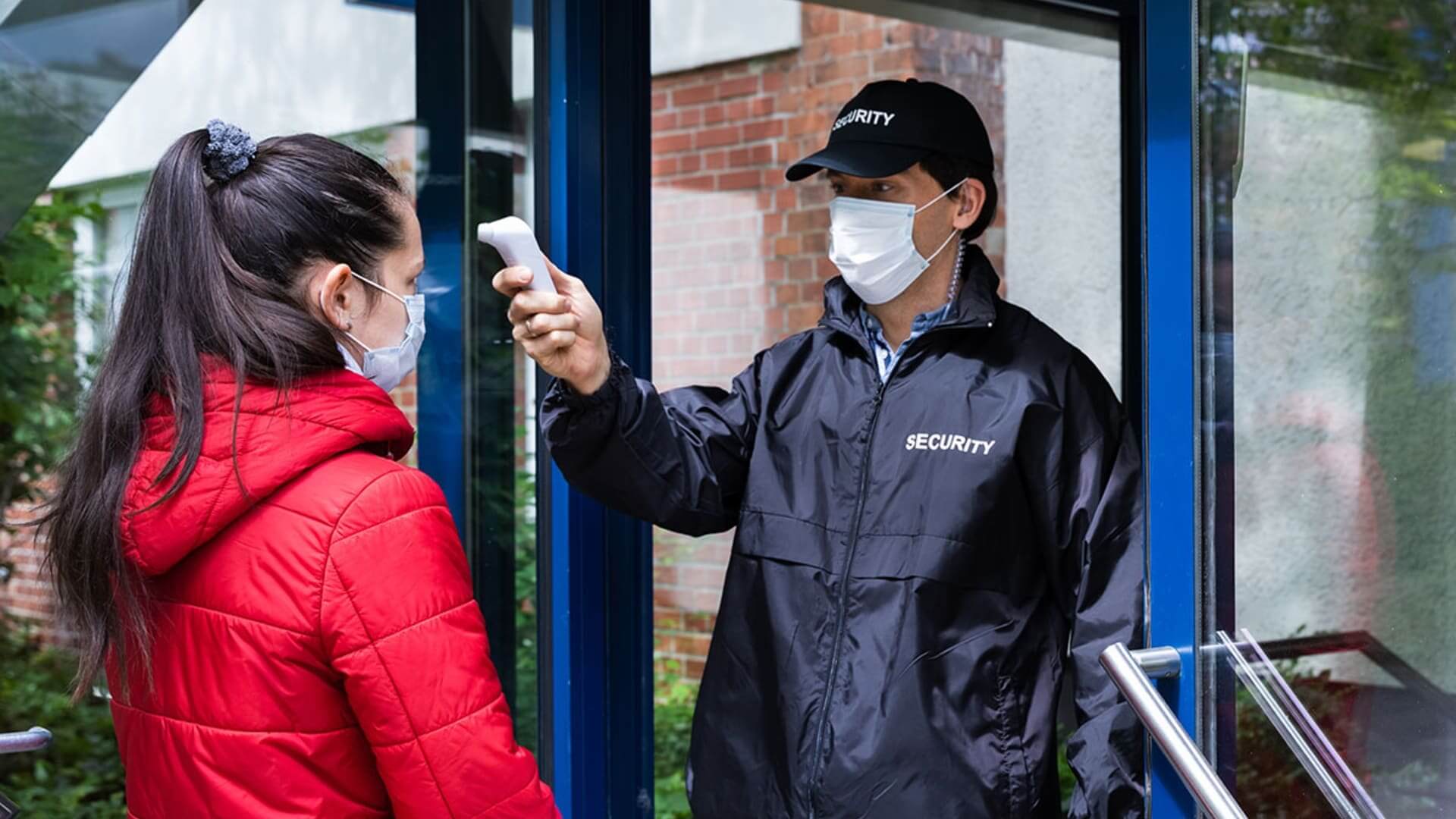You may have heard Tom Cruise’s famous rant at some of the crew on his latest Mission: Impossible sequel. Cruise was upset that people weren’t respecting the rules the COVID-19 virus has dictated for film production. But just what are these rules anyway? In this post, we’ll talk about working in production during COVID. We’ll explain what a COVID Compliance Officer does, where to get COVID Compliance Officer training, and we’ll look at some of the ways your set operates differently from during normal times.
COVID TESTING
Get a COVID test
The first thing you’ll likely experience when you get back to work is that you’ll probably be required to take a COVID test. Larger budget productions will set up the appointment for you, but even small productions will require a COVID test. Either way, you shouldn’t ever have to pay for it.
There are free COVID tests available through places like Walgreens, CVS, or Rite-Aid without a doctor’s referral. You can also get tested through volunteer organizations that set up testing sites at local churches, libraries, or other public locations. Your county should also have testing sites.
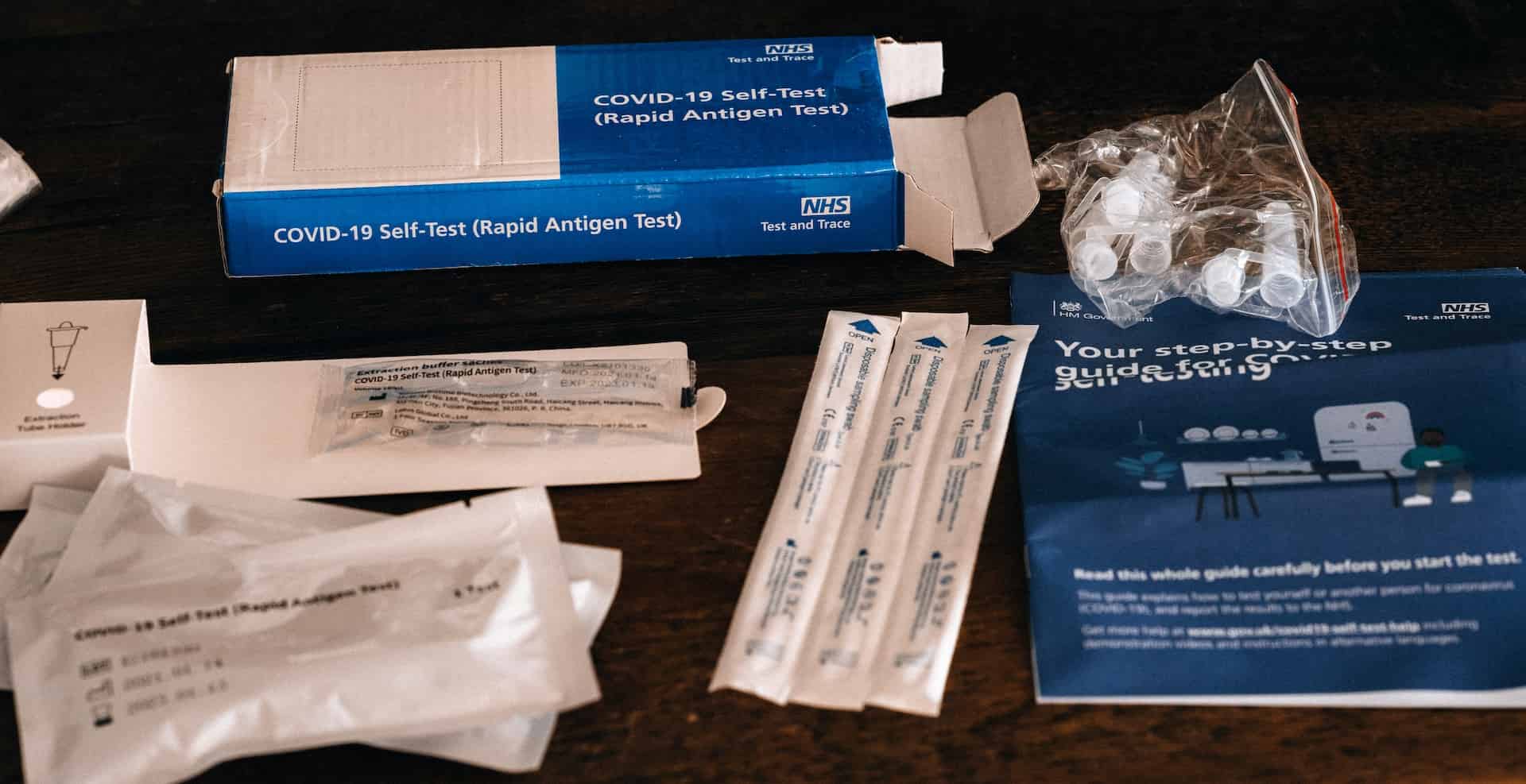
COVID testing is required
Some shows might even mail you one of the new home testing kits. Regardless of where you get your test, most testing labs email the results to you within a day or two.
Once you have your results, you’ll send them to the show. Because wherever you get your COVID test, you won’t be allowed on set without a negative result.
COVID COMPLIANCE OFFICER
Meet the COVID Compliance Officer
Once you get to set there is probably going to be a queue of other crew members waiting to go to work. This is because nobody will be allowed on set without a daily COVID screening. These screenings are completed by a COVID Compliance Officer (CCO).
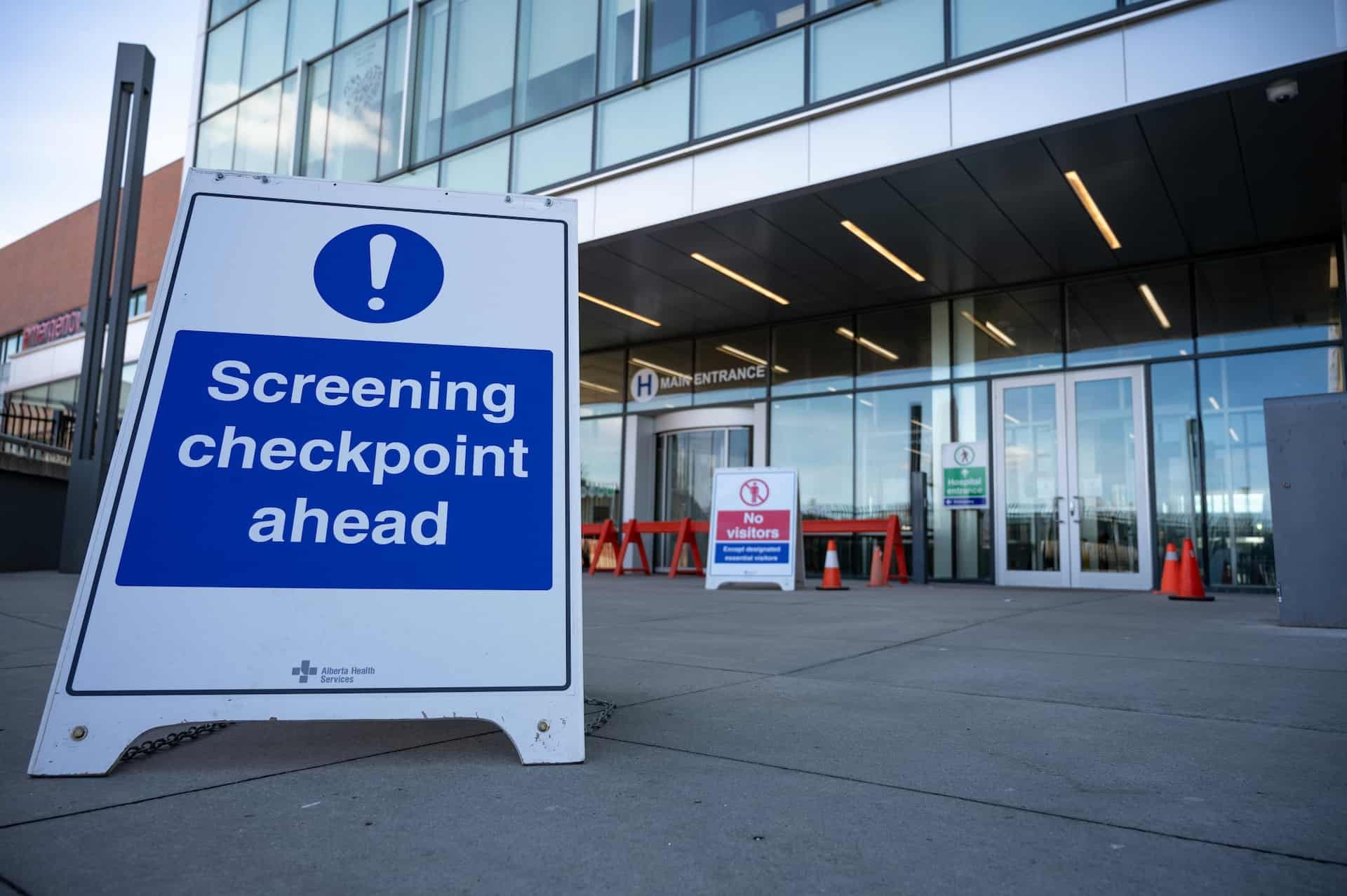
COVID compliance officers screen everyone
COVID-19 Compliance Officers are trained in the art of keeping people safe, although working within their guidelines can be challenging. All productions are now required to have at least one COVID Compliance Officer. Larger, big-budget productions may have an entire COVID-19 Compliance team.
CCO’s may or may not be healthcare professionals. On smaller productions, the COVID Compliance Officer and the Set Medic may be the same person, but technically they’re not supposed to be. The COVID Compliance Officer is supposed to be its own position, responsible only for COVID safety and not actual medical procedures.
The CCO on “gate duty” will give you the COVID screening, which is just a series of short questions asking whether you have exhibited symptoms of COVID, or have been in close contact with someone who had symptoms. The screening may also be a web page you can do from your phone.
Next the COVID Compliance Officer will take your temperature. Your body temperature cannot be over 100.4° or you will not be allowed on set.
Did You Know?
100.4° is the temperature the healthcare industry considers to be definitely a fever no matter your normal body temperature. This is why it’s the threshold for whether or not you can be allowed to come to work.
Some productions have the COVID Compliance Officer administer a rapid test on site. In this case, your CCO will be a nurse, EMT, or other medical professional. The rapid test is usually a simple blood test that pricks the tip of your finger and can provide results within a few minutes.
These kinds of tests are not quite as accurate as the nasal swab test, which can also be given on site. But they are still a clear indication of who can and can’t be allowed to come to work.
Whatever rapid test your production opts for, don’t be surprised if you’re required to have one every day you’re working. Productions are trying as much as possible to create a COVID bubble where only people working on the show are allowed in.
Once you’ve been screened and cleared to work, you’re good to get started. Larger productions typically have a different colored wristband for each shooting day to indicate clearance by the COVID-19 Compliance Officer.
Once everyone is cleared to work, the COVID Compliance Officer will call a safety meeting. This is where you’ll learn what the CCO is there to enforce.
The CCO will tell the crew:
- Remain at least six feet apart as much as possible
- No touching, no hugging, no high fives, no touching
- Wipe down equipment before putting it away
- Wash your hands as often as possible
- Use hand sanitizer when hand-washing isn’t available
- Wipe down vehicles when you’re done for the day
- Keep your mask on at all times
Let’s go over what each of these means in practice.
MASKS
Wear a mask
As you’ve probably already guessed, the most challenging part of working during COVID for some crew members is having to wear a mask for 12-14 hours a day. The masks many sets require are the KN95 masks, which are excellent for keeping germs out of your lungs.
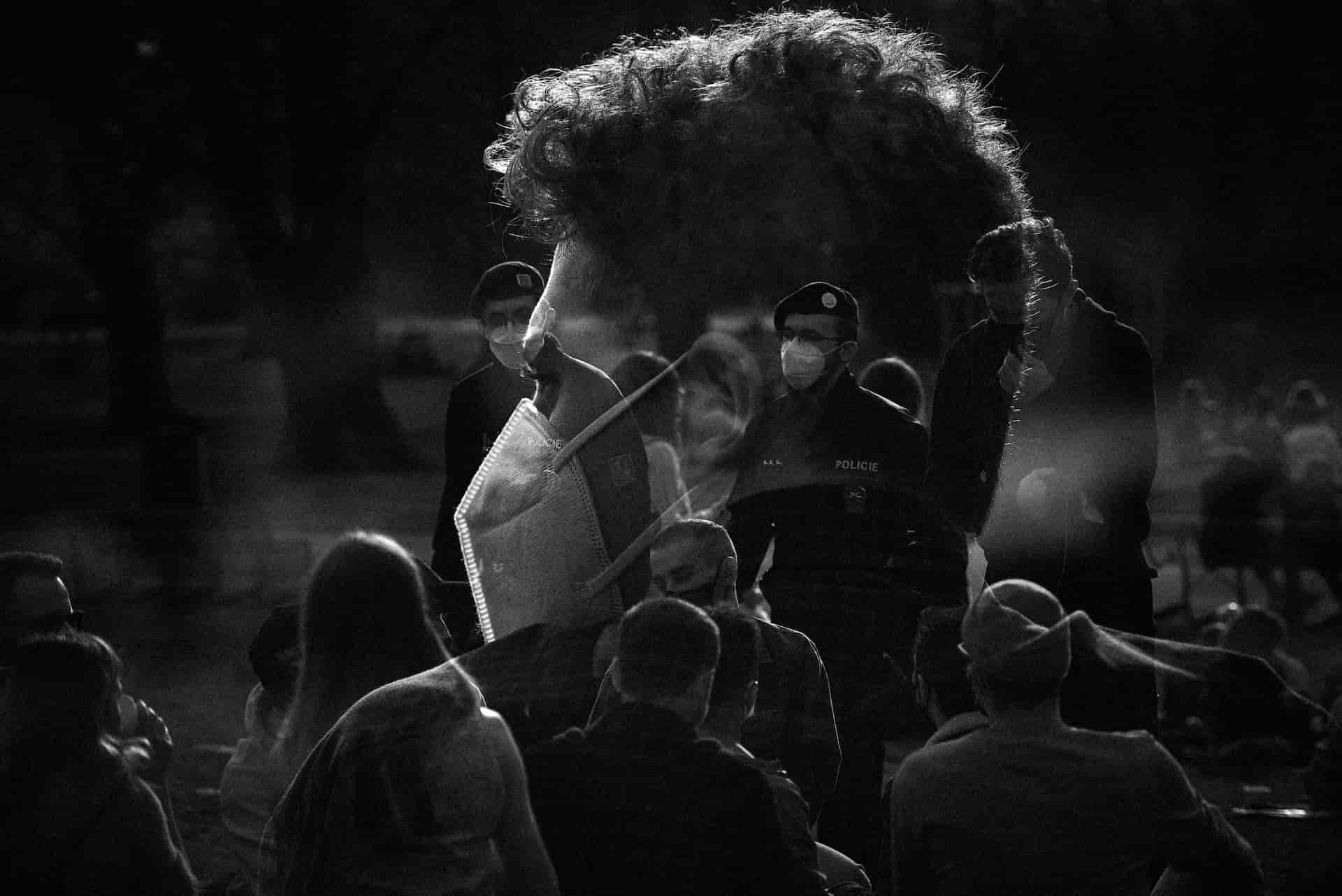
KN95 masks are often required
The COVID-19 Compliance team should be able to provide these, along with any other personal protective equipment (PPE) you need.
Personally, I find the way the KN95 masks tent over your mouth and nose actually makes them much more comfortable, and less claustrophobic feeling, than the standard surgical masks you see many people wearing.
This kind of comfort is especially important for people like Grips and Camera Operators, who are constantly moving around with heavy equipment. On the other hand, masks like the one shown tend to be really tight around the ears.
If that’s the case, try the ones that go over the back of your skull. There are also black KN95s that tend to run a little larger in size and fit more comfortably on an adult face.
In addition to masks, if you’re working with unmasked Talent, you will be required to wear a face shield. Face shields can be pretty tricky to work with for Camera Operators, but for anyone else they aren’t that much of a nuisance.
This seems as good a time as any to remind your friends that face shields without a mask are essentially useless. On the other hand, they do help keep you from touching your face, which is a huge no-no during COVID.
KEEP YOUR DISTANCE
Stay six feet apart
We’ve been calling it “social” distancing. But what we’re really talking about, when we say that people should stay at least six feet apart, is physical distancing.
On set, this is sometimes difficult, especially for the camera department. There will be times when it simply won’t be possible to maintain that six-foot/two-meter distance, especially in confined shooting spaces.
But for the most part, it quickly becomes second nature to check your proximity to people next to you. And of course the COVID Compliance Officer will be there to remind you to spread out when they see you’ve been standing too closely for too long a period of time.
In fact, some COVID-19 Compliance teams will provide you with a data tracker that flashes or vibrates when you’re too close to someone. These trackers can be used to divide the location into zones.
MOVEMENT ZONES
Stay in your designated zone
On large productions, you may be required to stay in your zone. Zones are another method the COVID Compliance Officers use to minimize the risk of exposure. Essentially, the location is divided into zones where only a certain number of people can be safely allowed, while still maintaining the six-foot/two-meter distance from one another.
If the show does this, you’ll be assigned a zone to work in for the day, or the week, or the run of the show. You’ll be given some way to identify that you belong in your assigned zone, usually a colored badge or wristband.
But in order for the zone method to work, zones themselves must be clearly indicated to everyone. COVID Compliance Officers are the ones responsible for marking out the zones and keeping those not assigned there out.
HAND WASHING MATTERS
Wash your hands
We all grew up with the knowledge that washing your hands is one of the best ways to prevent infection. With COVID this is even more urgent. However, it’s not always possible to properly wash your hands on set, even during non-pandemic times. In that case, hand sanitizer is a good substitute.
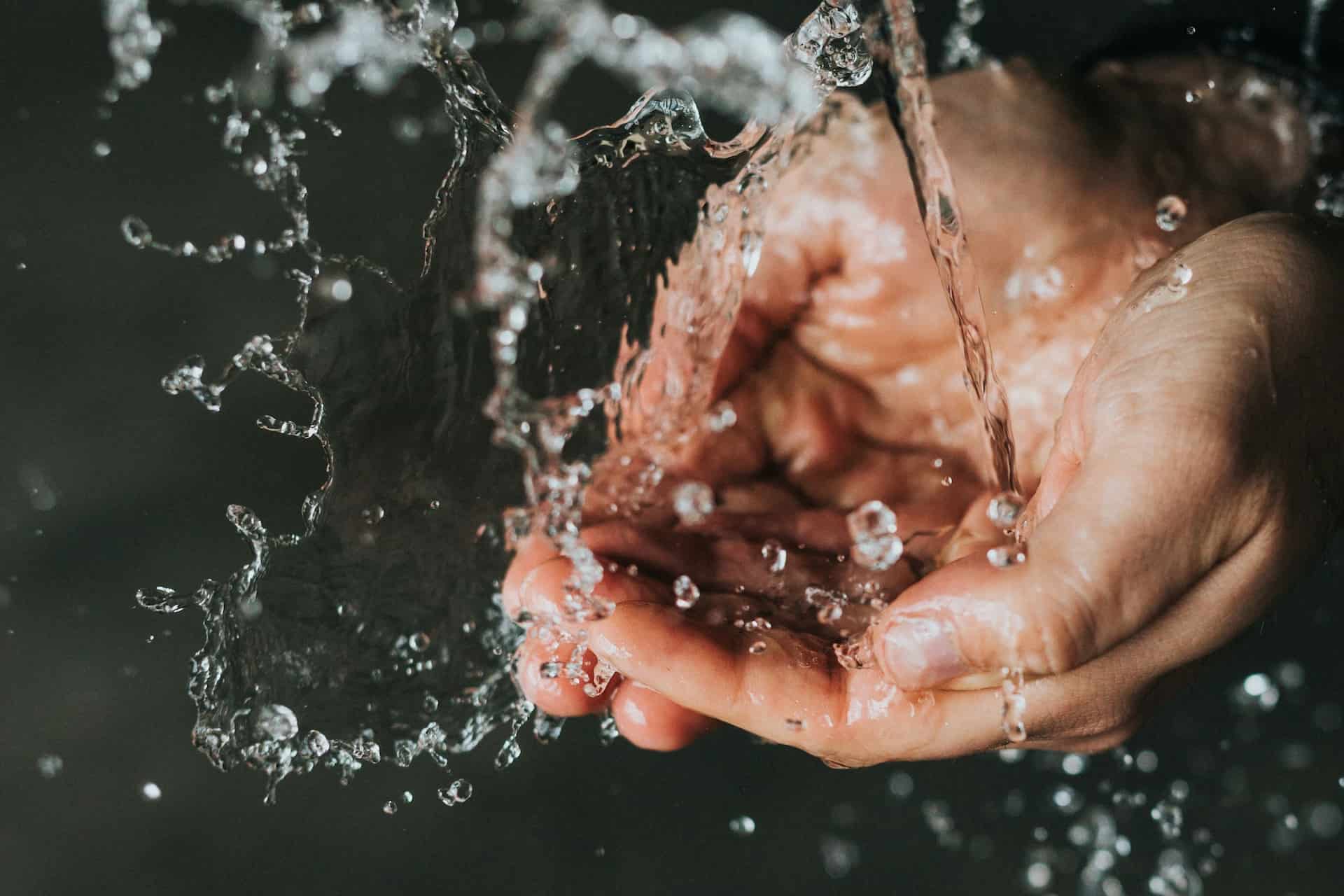
Wash your hands frequently
COVID Compliance Officers will have loads of sanitizer for you, even spray versions of it. CCOs may also encourage the production (especially those that can afford it) to spring for portable hand-washing stations for the crew, especially if the location is remote and restrooms are not readily available.
SANITIZE
Wipe everything down
At the end of the day, wiping everything down may be the biggest challenge we face on set during COVID. It’s time-consuming and there seems little point to it at first glance.
However, all equipment, from light stands to walkies, should be thoroughly wiped down with sanitizing wipes before it is put away. Actually, if we follow COVID Compliance Officers’ advice, any equipment should be wiped down before someone else takes possession of it.
But even CCOs know that this is pretty impractical, which is why washing your hands becomes so much more essential.
So, what exactly needs to be wiped down?
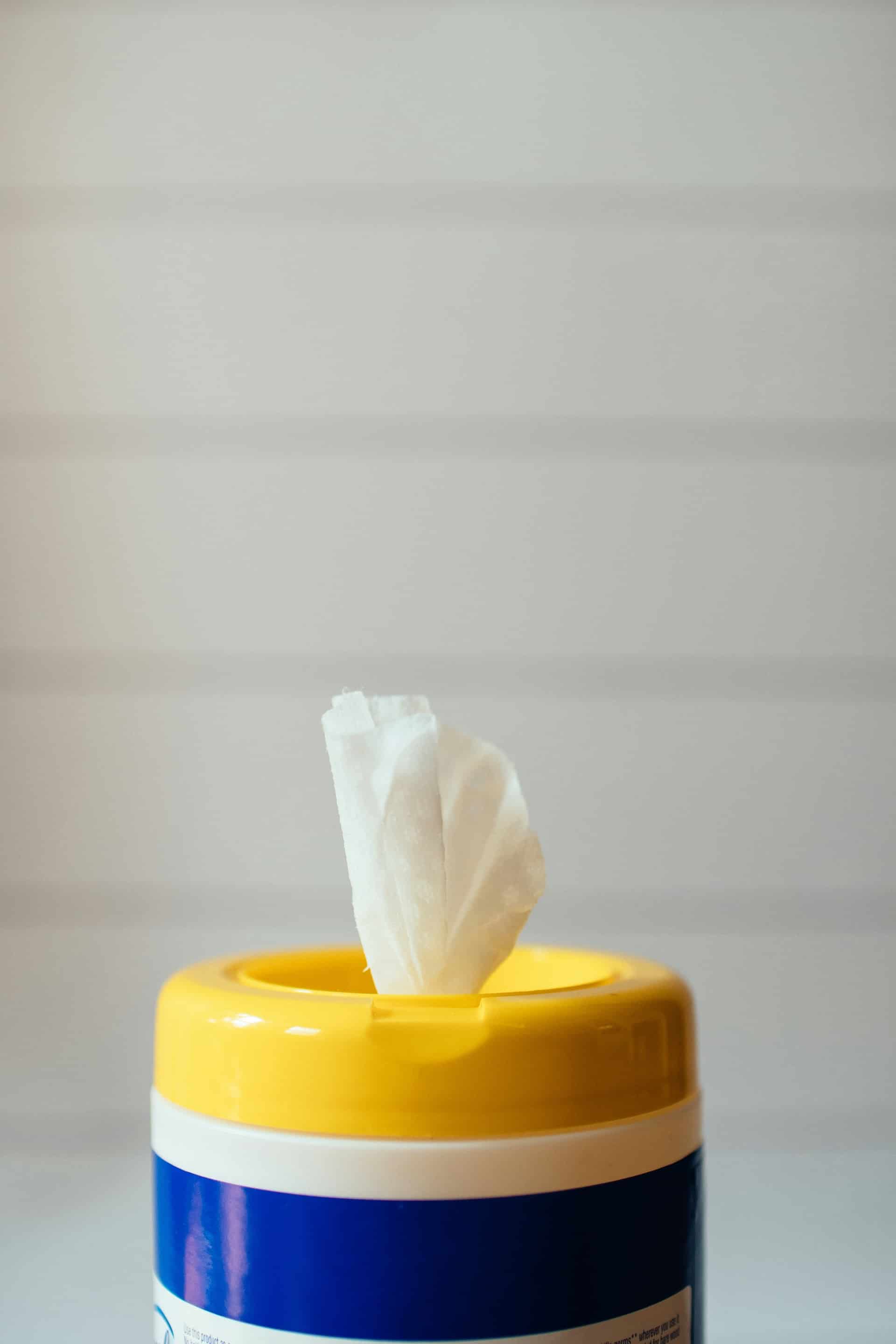
Wipe down vehicles
Well, it goes without saying that, even during non-pandemic times, walkies (i.e. radios) should always be wiped down before they are stowed away. This is especially true if people are checking out radios each day.
And of course the earpiece (surveillance or “serv”) should be thoroughly cleaned after use regardless of COVID. Because, gross.
Grip, camera, and lighting gear should also be wiped down as much as possible. Fortunately, Grip and Lighting often wear gloves, so they aren’t spreading or contracting as many germs as other departments might be.
Drivers should always wipe down the steering wheel, the console, and the door handles of each vehicle they drive before exiting the vehicle. Again, COVID-19 Compliance Officers should provide you with the necessary products for all of this wiping.
Speaking of vehicles, there's one more thing we have to talk about. When driving passengers, the only way to maintain some level of distance is to not have anyone in the front seat and to only have one passenger per back seat.

How to ride during Covid
This can get tricky when you have a limited number of vehicles at the location. But it’s important to try to keep separated as much as we can. You also need to keep your mask on and the windows open (at least a little) while in the vehicle with others.
There may be other changes in procedure or expectations — such as the way meals and craft services are handled — that you may have already encountered. We’d love to hear about them.
The main thing to know about working on set during COVID is that things are going to take a lot longer than we’re used to.
That’s okay, though. Safety matters. So, how does one get to be a COVID Compliance Officer, anyway?
Let’s find out.
COVID COMPLIANCE OFFICER TRAINING
Become a COVID Compliance Officer
COVID Compliance Officer training is readily available. There are many online courses you can take to become a COVID Compliance Officer.
Companies like Health Education Services offer COVID Compliance Officer training specifically aimed at the film industry. Johns Hopkins University has a free online COVID Compliance Officer training course that is more generalized, but provides certification in contract tracing as well.

CCO is available online from many resources
COVID-19 Compliance Officers also need to stay up to date on all the latest local ordinances and mandates. This information comes from the local health authority — specifically the state, county, or even city you’re working in. This is particularly important because, as we know, municipalities don’t necessarily all follow the same guidelines.
But what does a COVID Compliance Officer get paid, you’re probably asking. Since it requires a certain amount of training and knowledge, CCOs are paid more than the average Production Assistant.
Daily rates from $350-$500 are standard, depending on the show’s budget and whether or not you’re a COVID-19 Compliance Officer or Supervisor. Supervisors tend to get paid a bit more.
COVID Compliances Officers are needed for every shoot, but they’re not just for the film industry. Manufacturing and other industries also rely on COVID Compliance Officers to keep their workers safe.
UP NEXT
What Does a Producer do?
What does a producer do, exactly? More to the point, why are there so many different types of producers in film, TV, and video production?
Up Next: What Does a Producer do? →
Showcase your vision with elegant shot lists and storyboards.
Create robust and customizable shot lists. Upload images to make storyboards and slideshows.
